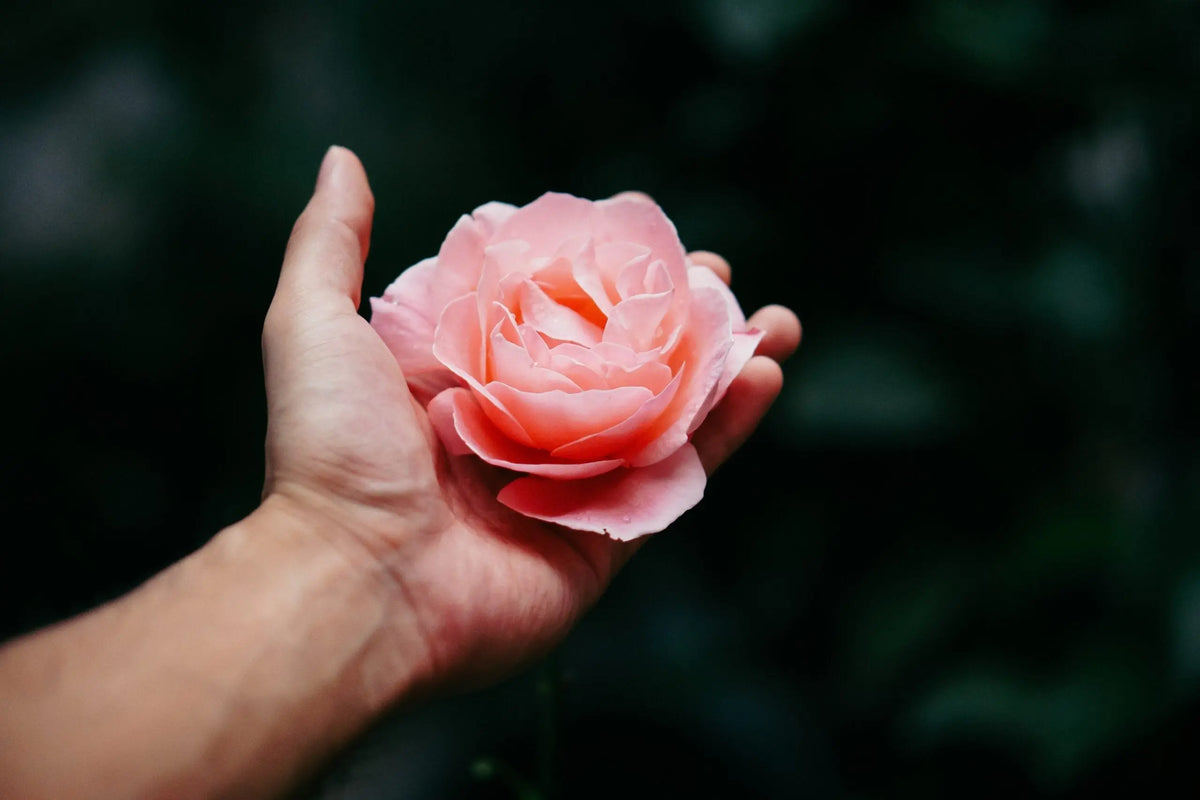
Relaxing Breathing Patterns for Sleep
|
Time to read 2 min
This store requires javascript to be enabled for some features to work correctly.
Written by: Bethany Gemmell
|
Time to read 2 min
Our breathing patterns have a huge control on our relaxation levels. Shallow, rapid breaths prompt anxiety in our bodies and adrenaline to rise, contributing to racing thoughts. Ensuring your breathing is relaxed for bedtime is essential for a good night's sleep.
An unrelaxed body or mind will keep us up for longer and make us more tired the next day due to inconsistent sleep. Learning how to control your breathing and learn to relax your body through it will bring sleep faster and more peacefully.
The 4-7-8 method is a form of mindful breathing that helps reduce anxiety and lower blood pressure with frequent practice. It is a popular method for bedtime due to its simple nature and ability to slow adrenaline in body and mind.
To do this, lie in bed with your back straight. Close your mouth and inhale through your nose for four seconds. Then, hold your breath for 7 seconds. Finally, exhale for 8 seconds with your mouth, making a sort of "whoosh", sea wave-like sound.
The military sleep technique is popping up everywhere at the moment - so much so that we wrote a guide to the technique. The technique is designed for soldiers to be able to sleep in any environment, within two minutes. It does not instantly let you sleep that quickly on first try, but weeks of practice can bring much faster sleep for many.
The breathing patterns of this technique can be used on their own if you do not find that it works for you, or you don't want to practice this technique for weeks on end. It involves a mental process of imagining relaxing your muscles, from the top of your head to the bottom of your toes, and a feeling of warmth should come with it. As you do this, concentrate on breathing deeply. Pace your breathing with that of the movement of relaxation spreading through your body.
Have you ever been tense or anxious, and you or someone else has prompted you to breathe in......and out? This is a common practice, instructed by doctors, gym instructors, and many more. It is an un-complex technique that can be practiced anywhere. It is simple, yet effective.
Just make sure you're doing it at a steady pace. Try, for example, imagining in your head a flower opening like in a timelapse video. Going too fast will only make you more anxious and keep that adrenaline going. Don't try to hold your breath in or out more than is comfortable - it is not a competition. Doing this will make you feel more out of breath and cause uneven breathing.
Receive 10% off your first order when you subscribe to our newsletter



